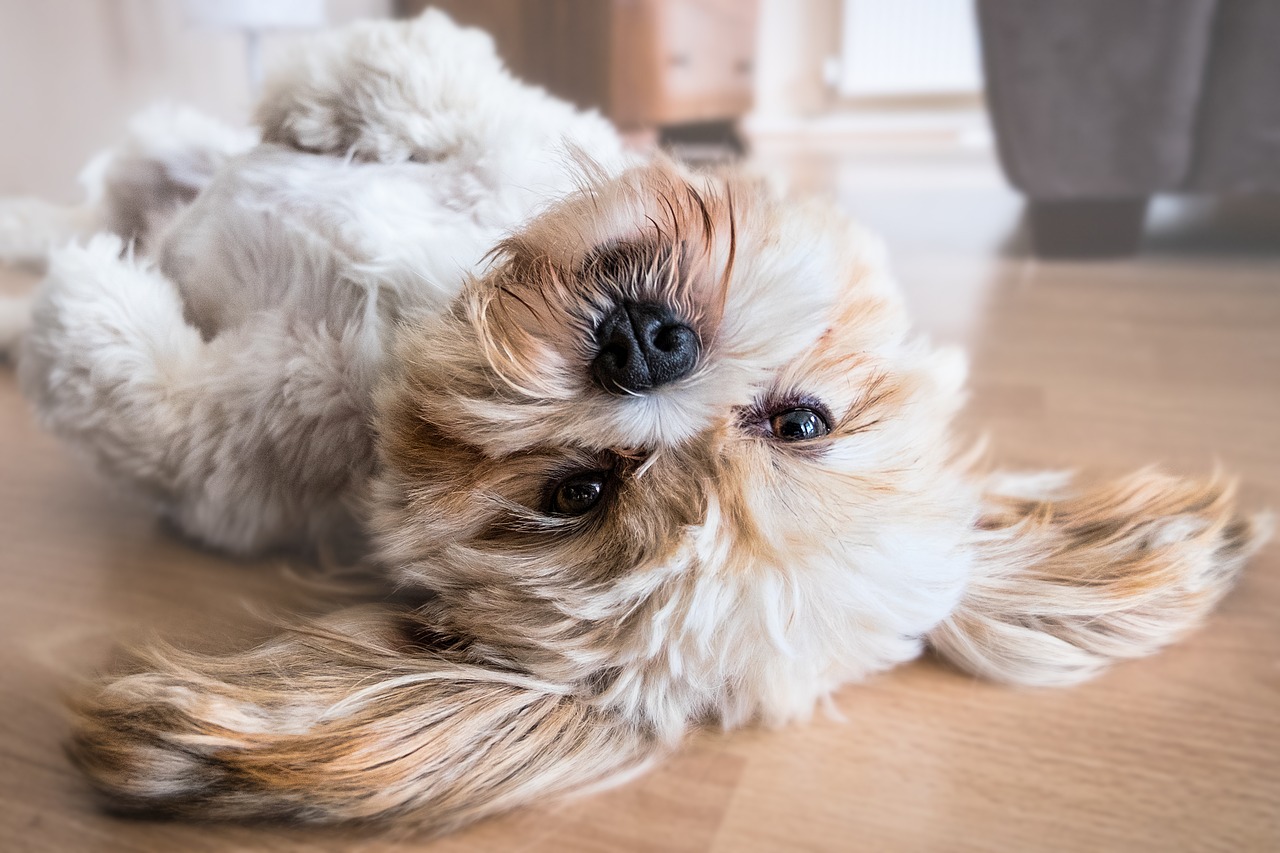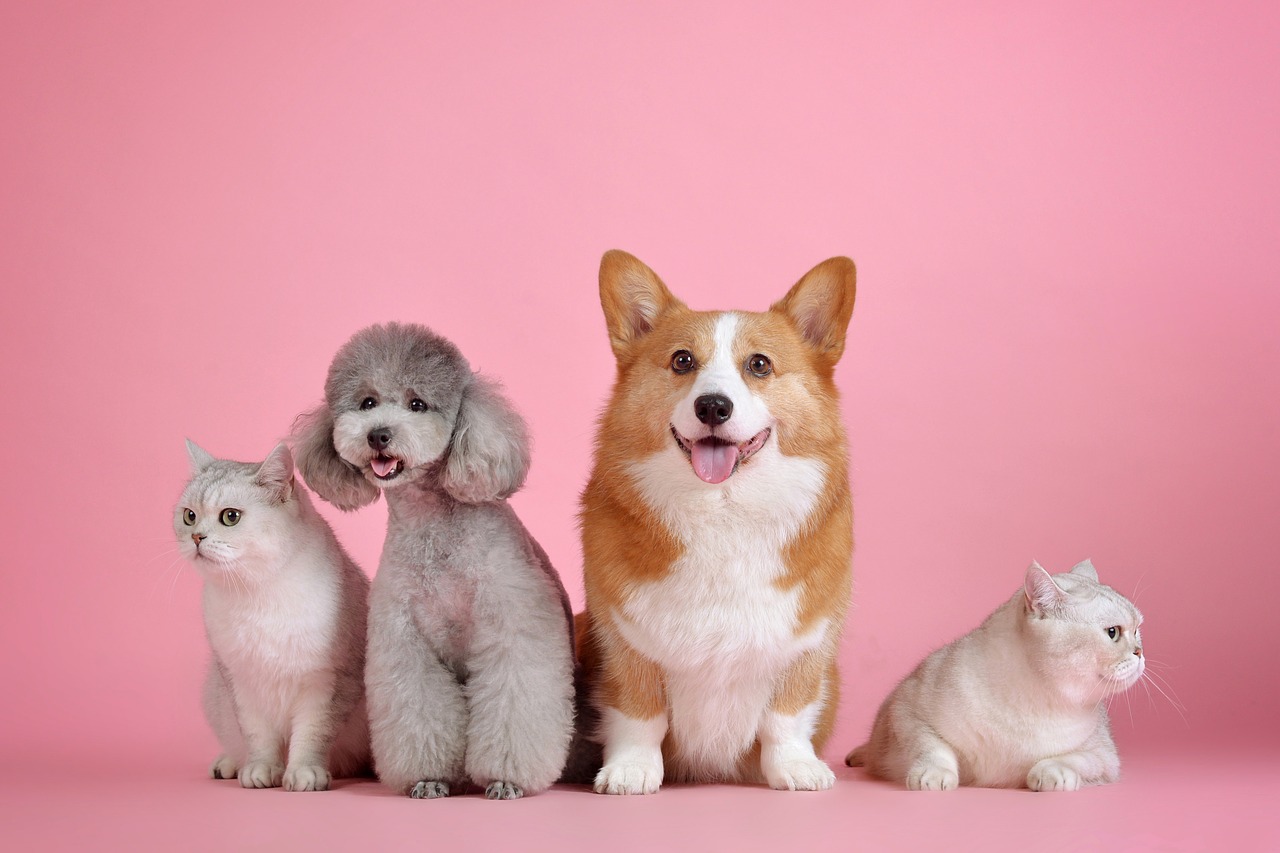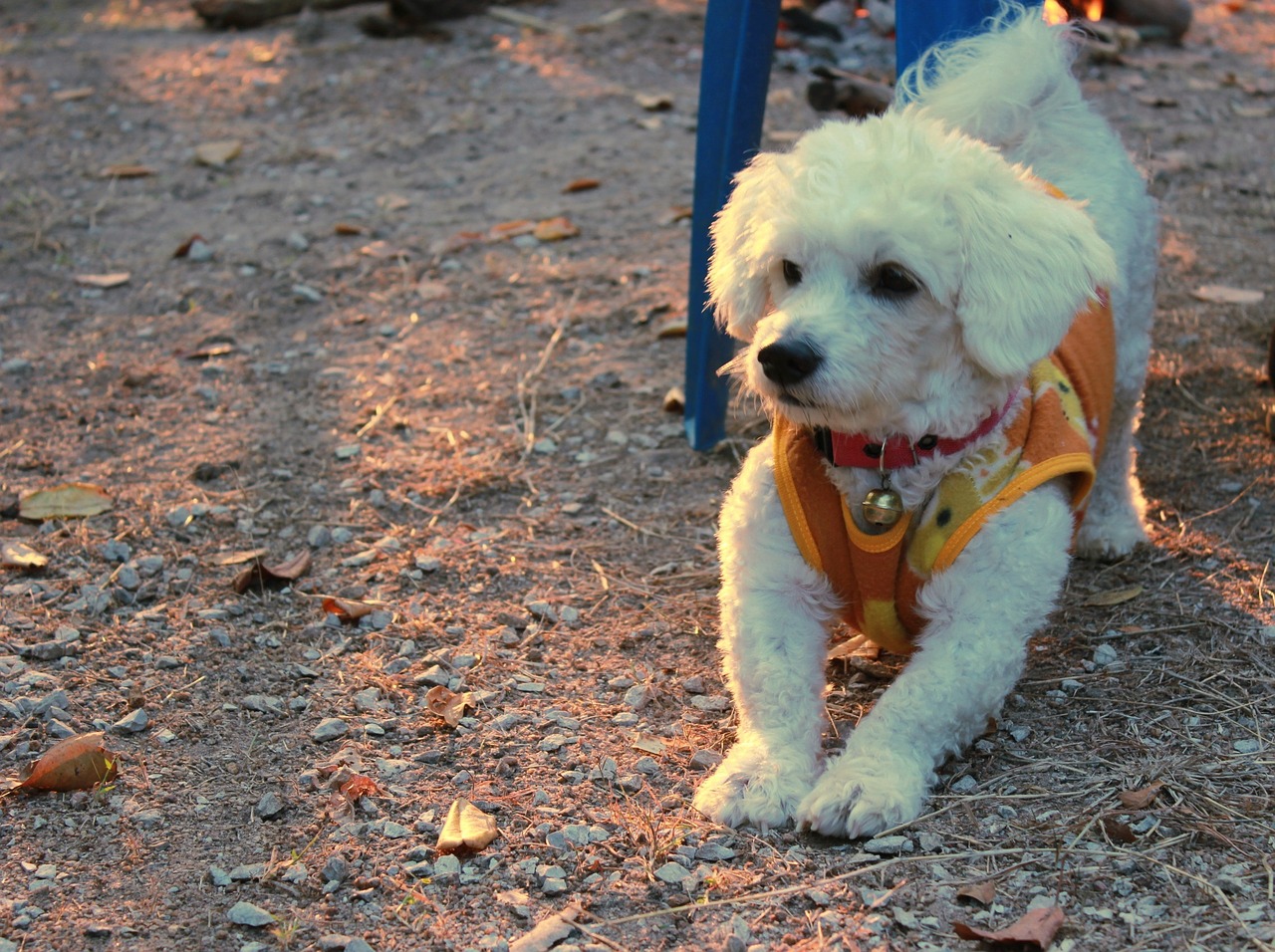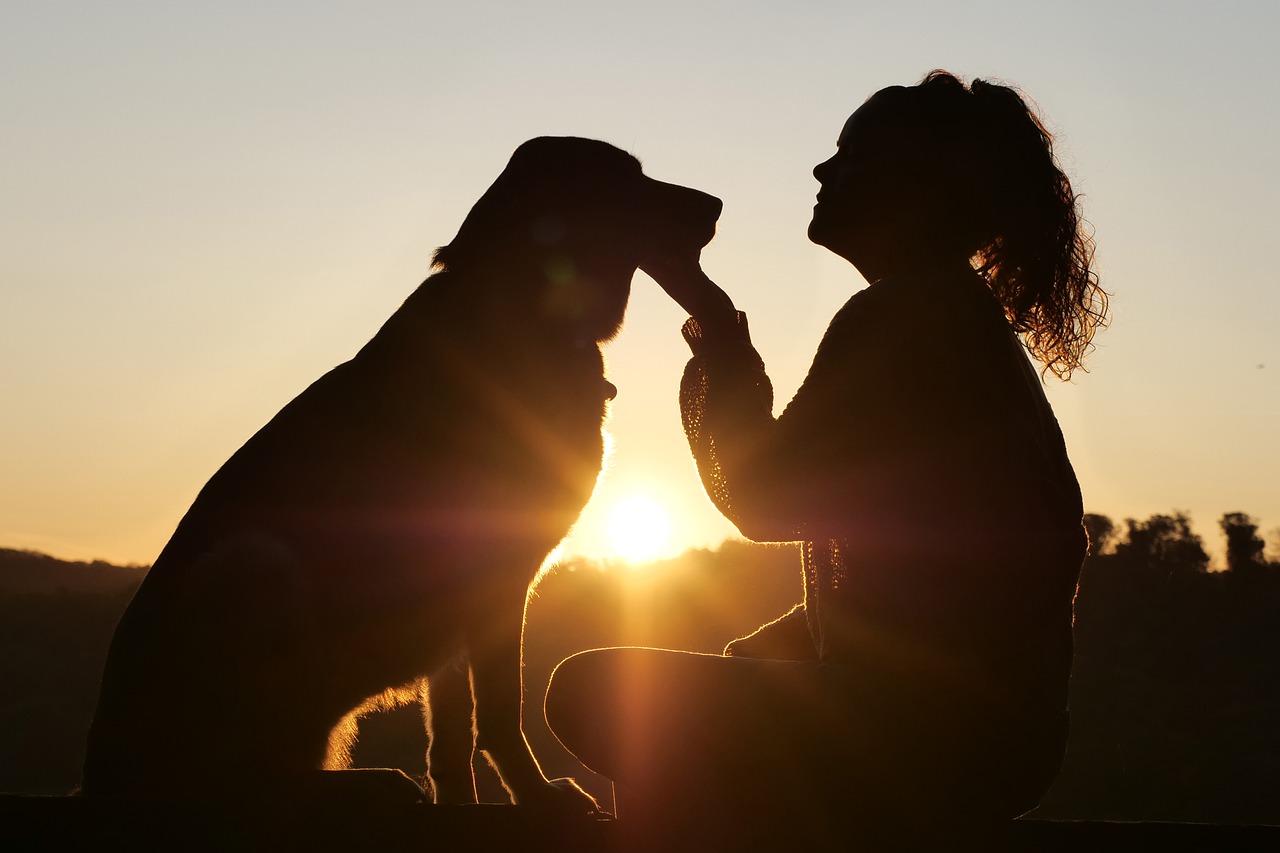Housebreaking can be a challenging task, but using proper training techniques – like positive and negative feedback, crating, tethering and establishing a routine – can make the process quicker and more effective.
There are some dogs who just never really got the hang of proper bathroom habits, while others require the occasional refresher course.
“The key is proper communication. There are so many cases where the animal gets mixed messages, so she simply doesn’t understand which areas are off-limits and which areas are acceptable bathroom spots,” explained longtime dog trainer Edward Long.
Before beginning a housebreaking refresher course, a visit to the veterinarian’s office is recommended to rule out a medical cause for the behavior. An infection or illness can cause unusual bathroom habits, and no amount of training can change a behavior that’s rooted in a medical cause.
Dogs, like many other animals, are creatures of habit, so it’s common to see a dog having a bathroom accident in one or two inappropriate spots time and time again. With habits in mind, the following steps will help promote an acceptable bathroom routine:
- Thoroughly clean the areas where accidents have occurred. Use an enzyme cleaner, like Nature’s Miracle, as this will break down the components of the urine or feces, effectively removing the scent. In addition to cleaning carpet stains, be sure to wipe down hard surfaces as well.
- Communicate using scent and create a new bathroom spot. Use feces and urine-soaked paper towels to establish a new, more appropriate bathroom location. Dogs tend to follow their nose, and the scent of urine and feces will indicate to them that this is a bathroom location. Long explained, “If you bring a dog to a random spot in your yard, she’s not necessarily going to understand that you want her to pee there. But lead her to a spot that smells like a bathroom area, and this, combined with positive feedback, will effectively say, ‘Go here!’”
- During the re-training process, limit access to the locations where accidents have occurred. This will help break the existing habit, and if an accident does occur, the trainer will be on-hand to issue an immediate correction.
- If an accident does occur, the key is to provide negative feedback and an interruption. Using a noisemaker, like a soda can filled with coins, can serve to get the animal’s attention. A stern, loud “no” can also be effective, as is a squirt from a water bottle. In order for the dog to associate the negative feedback with the inappropriate action, the feedback must be given during or within three seconds of the inappropriate action. Negative feedback makes a behavior less likely to occur, while positive feedback makes a behavior more likely to occur.
- Bring the dog to the appropriate bathroom spot immediately following the accident. Often, if a pet has been interrupted mid-stream, they will resume urination in the appropriate spot. Offer verbal praise during the appropriate bathroom incident and offer treats and affection immediately after the animal has completed his or her business.
- Establish a feeding and bathroom schedule and keep a written log. If a dog eats at the same times every day, they will need a bathroom break at the same time every day as well. By adjusting a dog’s feeding schedule, owners can alter the animal’s bathroom habits to better fit their work or activity schedule. This will help limit bathroom accidents that occur because an animal simply cannot hold it any longer.
- Anticipate your pet’s bathroom needs and bring them to an appropriate spot when they’re likely to need a bathroom break. Once the dog does his or her business, offer a positive feedback and a reward as reinforcement
- Tethering your pet can be a good way to ensure supervision. Consistently rewarding each and every instance of good behavior and providing negative feedback on each and every instance of bad behavior will hasten the housebreaking process. Even the most well-intentioned pet owner may lose track of their dog for a few minutes, and this provides an opportunity for an accident. Keeping the dog on a short leash, which is then tethered to the owner’s belt loop, will ensure that you are on-hand to provide negative feedback each and every time an accident occurs.
- Crate your pet when he or she is not supervised. When an appropriate sized crate is provided, the dog will not eliminate while inside unless there is an absolute dire need. This, combined with tethering pets when they’re out and about, will enable the owner to consistently give the appropriate feedback each time the animal eliminates.




